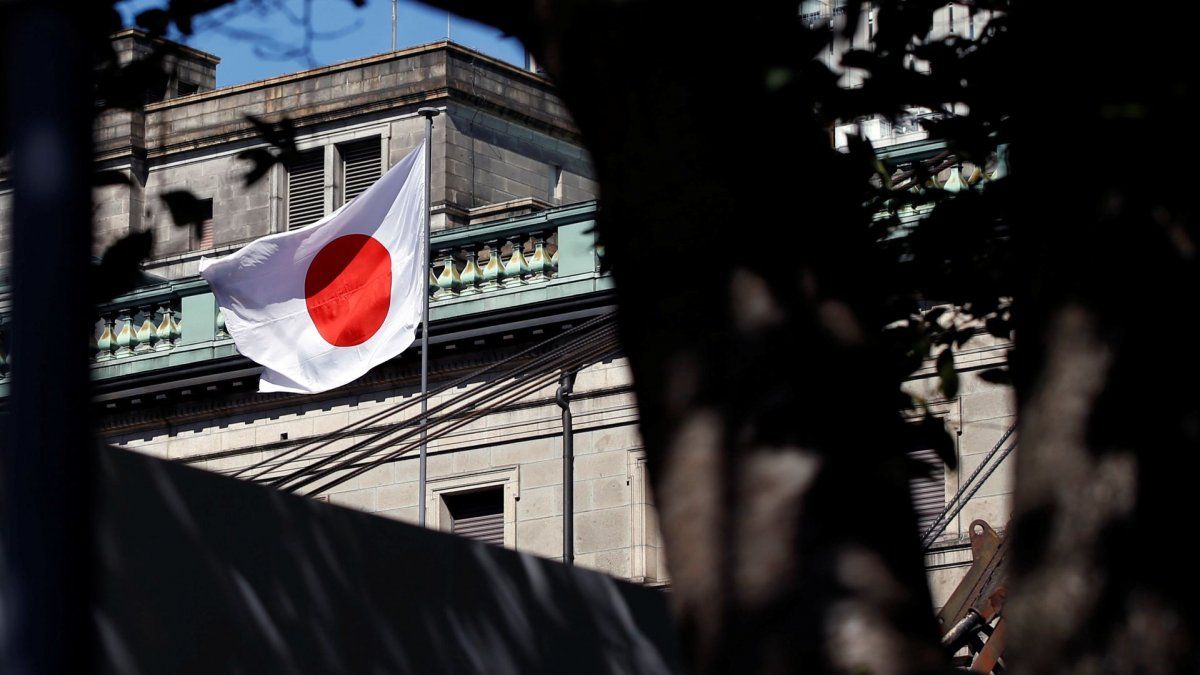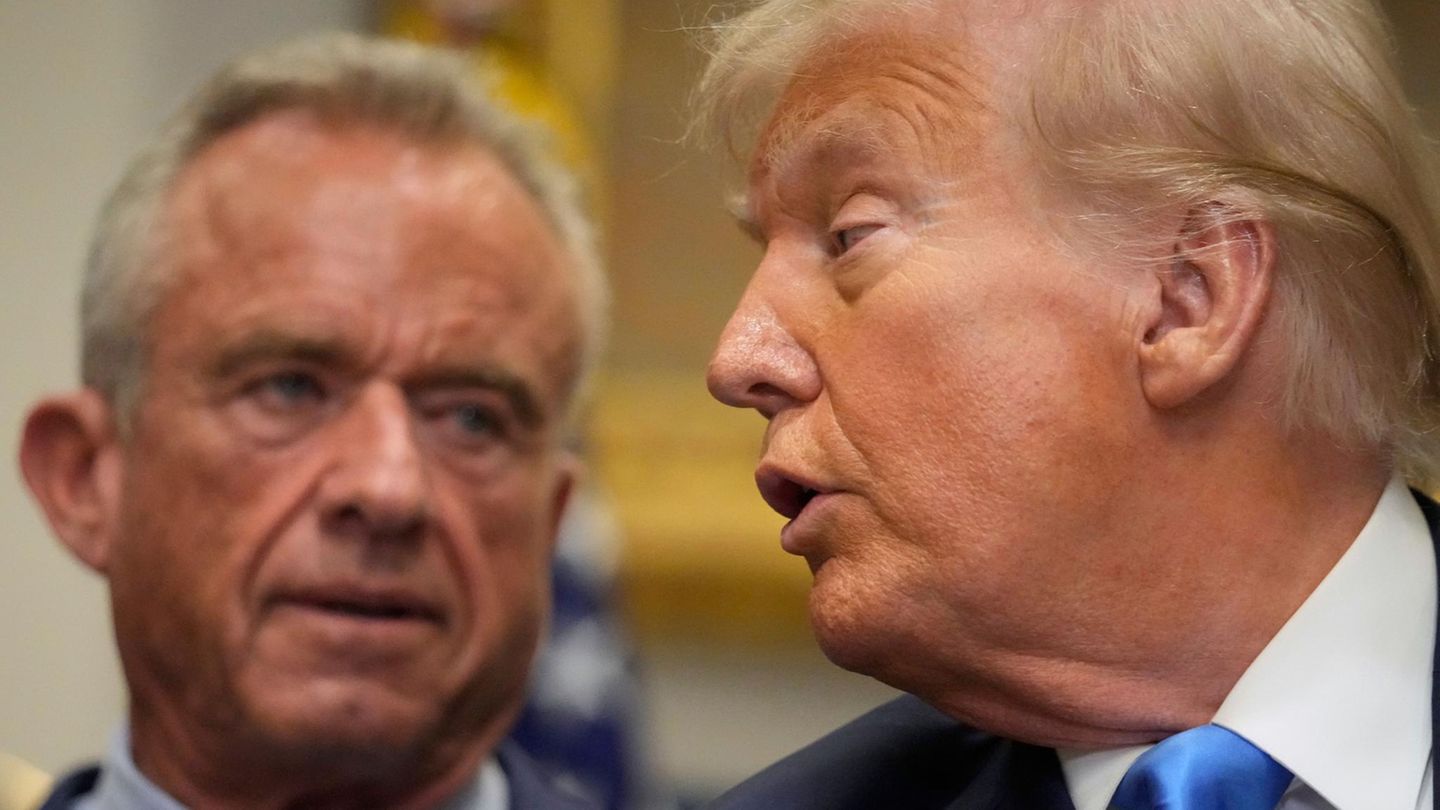The motor of the level of indebtedness is centrally that Japan boosts domestic spending to maintain activity levels in its economyto, since the citizens are not used to have sustained levels of consumption that feed the internal market, for which reason the State is the one that carries out this stimulus.
“Private savings are huge and investment is weak, implying chronically weak demand,” he says. Takeshi Tashironon-resident principal investigator at the Peterson Institute for International Economics, in dialogue with BBC Mundo: “This in turn requires government stimuli.”
Among the reasons for the problem of the low level of consumption of the population and the high level of state spending, they point out the aging of the population: “One of the causes of this problem is the demography of Japan. Its population is very long-lived“, which increases the costs of social security and state health careExplain.
The aging of the population brings as an effect that there is a lower support base for the pension system, which means that retirees have a lot of uncertainty about their future and prefer to save. “It is expected that the aging of the population that sustains this situation continue for a long time”Add.
Despite the level of indebtedness, international investors continue to lend to the country through the purchase of debt.
The country’s public debt skyrocketed after the country’s financial and real estate bubble burst in 1991. At that time, the debt reached 39% of GDP. Given the consequences of the unleashed crisis, the State was forced to increase its spending and in the 2000s the debt already exceeded 100% of GDP.
The third economy in the world maintained a path of stimuli that only in the last decades was amplified with events such as the Great Recession of 2008the earthquake And later tsunami of Fukushima in 2011, and more recently the pandemic of Covid from 2020-2021.
To cushion the impact of these events and maintain the budget, Japan resorts to selling bonds.
For the investors, Japan is attractive when looking for a yield as it is considered a safe place. “In addition to the profitability obtained, the bonds of developed countries are highly liquid and can easily used as collateral for loans,” Tashiro adds.
However, with debt levels equivalent to around two and a half times the size of its economy, it is easy to think that the government would have a hard time paying that gigantic number.
Interest rate
The reason that the Japan’s debt has been sustainable over time and that the country has not fallen into “default”, the experts explain, is that has managed to keep government bond yields very low -pay little to investors- and the confidence of the markets is very high.
“There are investors who prefer stability to profitability and that is why they opt for Japan to place their excess savings”, explained the economist Shigeto Nagai to the AFP agency.
“Japan has kept interest rates extremely low. Although the level of debt is very high, the government pay relatively little interest to your creditors. You can sustain high debt indefinitely,” he says. Ken Kuttner, Professor of Economics at Williams College of Massachusetts.
True to its tradition, this Wednesday the bank of japan it decided to hold its interest rate unchanged, which pushed the yen lower as investors waited for some rate adjustment to cope with inflation.
The key is also that most of Japan’s debt is not denominated in foreign currency but in yen. This makes your central bank is less exposed to the turbulence of international markets. In fact, 90% of the debt is held by Japanese investors.
“There is not so much Japanese debt held by foreigners. It was around 8% last time I checked. Most of it is in the hands of Japanese financial institutions and the Bank of Japan,” says Kuttner.
What you get with this is “essentially monetize the government deficit”, He says. So the Japanese government sells bonds, which its central bank buys.
“Under the “QE” policy (of stimuli), the Bank of Japan has been buying large amounts of government debt to keep interest rates low in the long run, which is supposed to help stimulate the economy.”
Consequently, the government does not have to find buyers in the private sector for all the debt it issues, and the little interest you pay on the debt comes back to the government. This is essentially monetizing the government deficit, which usually leads to high inflation; Disconcertingly, that has not happened in Japan”, explains the economics professor.
So while in the rest of the world interest rates have not stopped rising, in Japan they remain low. “This is primarily due to the still stubborn deflation mentality of private households and businesses and a high degree of policy coordination between the government and the Bank of Japan“, Explain david kohlchief economist at investment firm Julius Baer.
Source: Ambito
David William is a talented author who has made a name for himself in the world of writing. He is a professional author who writes on a wide range of topics, from general interest to opinion news. David is currently working as a writer at 24 hours worlds where he brings his unique perspective and in-depth research to his articles, making them both informative and engaging.




